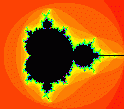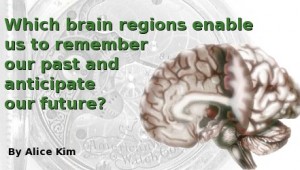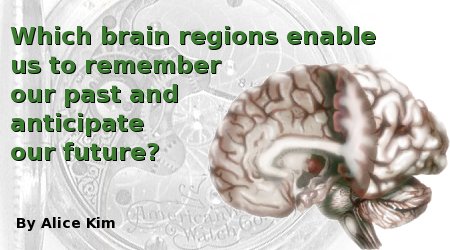brain imaging
Scicon Review
The Feeling of Familiarity of Music and Odors: The Same Neural Signature?
The feeling of familiarity can be triggered by stimuli from all sensory modalities, suggesting a multimodal nature of its neural bases. In the present experiment, we investigated this hypothesis by studying the neural bases of ...
Scicon Review
Empathy for Pain and Touch in the Human Somatosensory Cortex
Although feeling pain and touch has long been considered inherently private, recent neuroimaging and neurophysiological studies hint at the social implications of this experience. Here we used somatosensory-evoked potentials (S...
Scicon Review
Neural Mechanisms of Visual Attention: How Top-Down Feedback Highlights Relevant Locations
Attention helps us process potentially important objects by selectively increasing the activity of sensory neurons that represent the relevant locations and features of our environment. This selection process requires top-down ...
Scicon Review
Does the brain show a lie?
Amanda lies flat on her back, clad in a steel blue hospital gown and an air of anticipation, as she is rolled headfirst into a beeping, 10-ton functional magnetic resonance imaging (fMRI) unit. Once inside, the 20-something blo...
Scicon Review
Scientists Try to Predict Intentions
In case you didn’t hear about it there are recent claims that brain scanners can predict people’s action before they act. Here is a report from Associated Press. At a laboratory in Germany, volunteers slide into a d...
Scicon Review
Biological Psychiatry — Special issue on autism
The journal Biological Psychiatry has a special issue on the autism spectrum, its diagnosis and treatment. It is a comprehensive yet diverse collection of multidisciplinary treatment of the issue, containing articles onautism a...
Scicon Review
Pain in the brain
Pain is one of the most prominent examples of the problem of consciousness: from a subjective point of view we know the experience of pain all too well. Seen from the objective side of pain, the neural processes related to pain...
Scicon Review
How the brain becomes aware of errors
For a long time psychologists have devised methods to make people erroneous on a task. A well-known example is the Stroop effect, a demonstration of interference in the reaction time of a task. When a word such as blue, green, ...
Scicon Review
Cerebellum on emotions
When the neuro-talk falls on emotions, most start thinking about the amygdala. Little do we associate with that hind-brain structure we call the cerebellum. Although it is known that this structure is involved in more than move...















